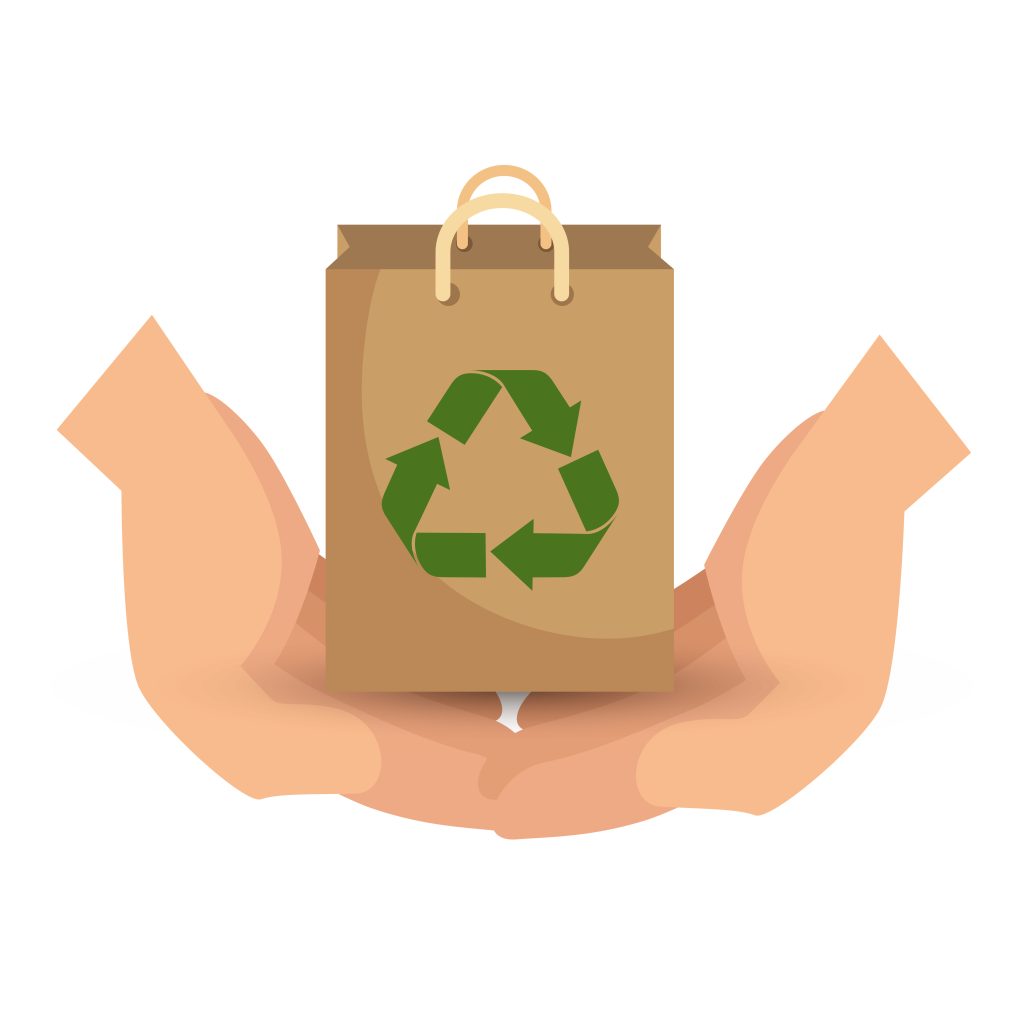Every time you unwrap a delivery or maybe get yourself something off the shelf, your attention stays on one thing only! The item that you have bought.
But have you even considered the additional layers? The packaging and cardboard mixes, all those padded mailers, plastic wraps, zip ties, and even the foam inserts—where do they end up?
They do protect the products; no one can deny it! However, they also leave a pile of waste.
So, are you really going to take a closer look at the packaging waste in the tech industry? Or see what exactly is going on in the industry, or how much carbon footprint they carry!
Read on…
Packaging Waste In the Tech Industry And Layers Of Protection: What’s In The Box?
Packaging waste in the tech industry is designed with one key goal: protection. Fragile electronics demand multiple layers to ensure they survive shipping and handling.
That typically includes:
- Outer box: Often made from corrugated cardboard or corrugated mailers, outer boxes are sturdy structures built to withstand drops, crushing, and moisture exposure during transit.
- Inner packaging: This can include molded plastic trays, foam inserts (usually expanded polystyrene or polyethylene), or paper-based alternatives that cradle the product.
- Plastic films and bags: Devices and components are often wrapped in thin plastic to prevent scratches and dust accumulation.
- Instruction manuals and inserts: While paper seems benign, printed materials add to the overall bulk and resource use.
- Adhesives, tapes, and seals: These might not be visible, but glues and tapes often use synthetic chemicals that are not recyclable or biodegradable.
Though each of these elements serves a functional purpose, the cumulative effect is massive material consumption.
The Types Of Packaging Waste In The Tech Industry

Packaging waste in the Tech industry has become a growing concern worldwide. Consumers are becoming more aware of environmental issues, leading to more demand for sustainable packaging solutions.
Now, the tech industry generates different types of packaging waste—the worst part? Plastic is the major contributor in that case. Let’s look at the types of packaging waste in the tech industry.
- Single-use plastic: This includes trays, shrink wrap, and padding, which are often used for package delivery or transit.
- Multi-material packaging: This often uses various layered structures such as metals, polymers, and even paper, which can be very difficult to recycle.
- Paper and cardboard: Both paper and cardboard are used for boxes, bags, and other packaging.
- Biodegradable materials: Some tech companies are exploring biodegradable plastics or other sorts of eco-friendly materials.
- Electronic waste: Even though this does not entirely fall under the packaging waste. However, the discarded electronic devices make a major contribution to environmental issues.
- Metal: Some packaging may include metal components such as aluminum foil or cans.
- Glass: Glass jars and bottles are used for certain products.
The Hidden Toll Of Tech Packaging
The global consumer electronics industry shipped over 2.5 billion devices in 2023 alone. If each device comes with an average of half a kilogram of packaging (a conservative estimate), that equates to over 1.25 million metric tons of packaging waste annually, just from tech.
Much of this waste is not easily recyclable. Plastic trays and foam inserts often end up in landfills or incinerators because municipal recycling programs lack the infrastructure to process them.
Even cardboard—typically one of the more recyclable materials—can be contaminated by inks, laminates, or adhesives that reduce its recyclability.
Moreover, transportation of these materials adds to the carbon footprint. Packaging increases shipments’ overall weight and volume, leading to higher fuel consumption and greenhouse gas emissions.
Innovations And Solutions
The tech industry is increasingly aware of its packaging problem. Companies like Apple, Samsung, and Dell have made public commitments to reducing packaging waste and using more sustainable materials. Innovations include:
- Molded fiber trays: Replacing plastic inserts, these trays are biodegradable and made from recycled paper pulp.
- Soy-based inks: An alternative to petroleum-based inks, these are more environmentally friendly and easier to recycle.
- Minimalist design: Some brands are moving toward compact packaging that reduces material use and transportation weight.
Corrugated mailers are gaining popularity due to their recyclability and effectiveness. These lightweight, durable containers protect without the bulk and environmental downsides of foam or plastic-heavy packaging.
What You Can Do

As a consumer, you play a role in the packaging lifecycle. So, there are a few things you can do! First things first! Recycle properly. Try to break down boxes, remove non-recyclable elements, and dispose of them according to local guidelines.
Secondly, support sustainable brands. Always try to choose companies that prioritize eco-friendly packaging and hold them accountable.
Thirdly, Reuse can be a great option! You can repurpose boxes and trays for storage, shipping, or creative projects instead of discarding them.
Lastly, buy in bulk or fewer times. This can help consolidate purchases and reduce the total packaging waste of multiple shipments.
Now, if you are a small business and want to opt for sustainable packaging, these are the materials that you can use:
Recycled Paper
The recycled paper is considered to be one of the versatile options. You can use this as a sustainable option for packaging. This particular material can be suitable for packaging such as bags, boxes, and even labels.
On the other hand, using recycled paper can help small businesses reduce their carbon footprints while supporting the recycling industry.
Compostable Materials
Under any composting condition, compostable materials mainly break down into various natural elements such as carbon dioxide, organic matter, and water.
Moreover, these materials can help to enrich the soil. So, yes! Compostable materials can be a great solution for small businesses.
Final Thoughts
Packaging might seem like a necessary afterthought in technology, but it carries real-world consequences for the environment.
Understanding what’s inside your box and what happens afterward can help push consumers and manufacturers toward more sustainable practices.
After all, the real innovation isn’t just in what we buy, but in how we deliver it to the world.
Read Also:




Leave A Comment